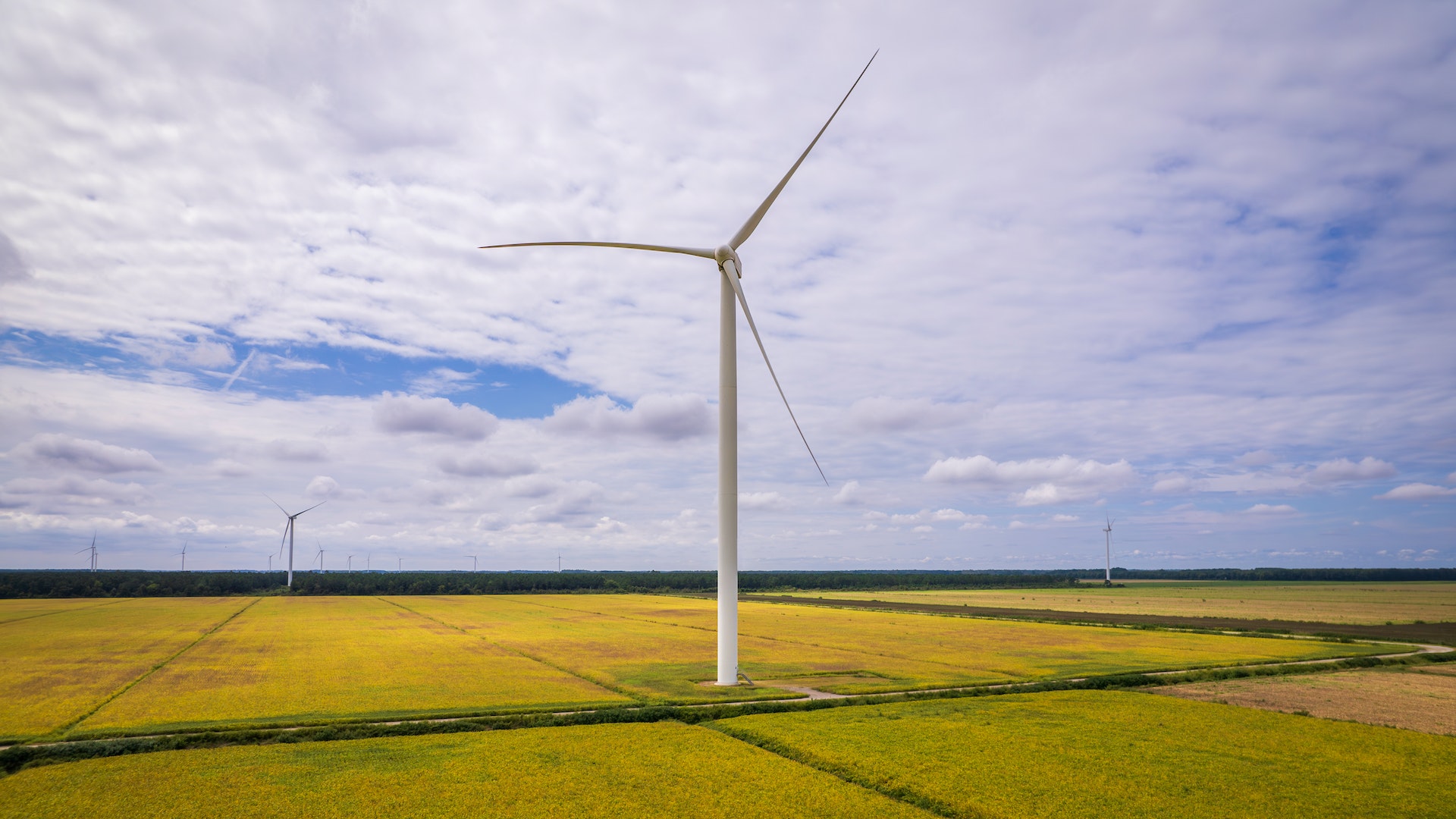
Coal’s Decline and Green Renewal: Navigating the Global Energy Transition
In the ever-changing energy landscape, the black gold that powered our industrial age is waning. Coal, once the backbone of global energy, is witnessing its final curtain call. As countries transition to cleaner energy sources, the coal sector is grappling with the looming shadow of job cuts that may render almost a million people unemployed by 2050. This seismic shift, while crucial for the planet’s health, poses significant socio-economic challenges, especially for coal-dependent economies like China and India.
China and India at the Crossroads
Research from the US-based Global Energy Monitor (GEM) indicates that, even without any new commitments to eradicate fossil fuels, China and India will shoulder the lion’s share of global coal job losses. The inevitable decline stems from the impending closure of numerous mines nearing the end of their operational lives.
In the words of Dorothy Mei, project manager for GEM’s Global Coal Mine Tracker, “While coal mine closures are a foregone conclusion, economic despair and social upheaval for the workers don’t have to be.” Mei’s sentiment resonates with the pressing need for governments to carve out post-coal transition plans, ensuring that the workforce isn’t left in the lurch.
The Deep Dive into Coal Employment
GEM’s deep dive into global coal employment scrutinized around 4,300 active and potential coal mines, representing a workforce of approximately 2.7 million individuals. The findings were startling. Over 400,000 employees work in mines that are anticipated to shutter by 2035.
The numbers become even starker in the context of climate goals. If coal is scaled down to keep global temperature rises within 1.5°C, the required mining workforce would plummet to a mere 250,000 – a drastic drop from current levels.
China, the coal colossus with over 1.5 million workers in the sector, is poised to face the harshest impact. The province of Shanxi alone is bracing for a staggering 240,000 job losses by mid-century.
The Chinese Challenge
Despite its position as a global leader in renewable energy, China’s coal conundrum remains intricate. Past restructuring endeavors have seen mining districts, especially in northern regions, grappling with the repercussions of closures. As these communities search for alternate economic lifelines, the overarching sentiment remains that of uncertainty.
Ryan Driskell Tate, GEM’s Program Director for Coal, underscored the historical disregard for coal workers, emphasizing the need for “proactive planning” and “accountability.”
From Black Gold to Green Growth
As the specter of unemployment looms large over coal regions, there’s a silver lining on the horizon: the renewable energy sector. The International Renewable Energy Agency (IRENA) reveals that the global renewable sector employed 12.7 million people in 2021. China, a frontrunner, accounts for a whopping 42% of these green jobs, thanks to its aggressive solar and wind initiatives.
The collaboration between IRENA and the International Labour Organization (ILO) envisions an even brighter future. Their combined analysis suggests that by 2030, global renewable energy employment could burgeon to over 38 million.

Conclusion
The energy narrative is undergoing a transformative shift. As coal dims, the green energy dawn promises new beginnings. The onus, however, lies with governments and industries to ensure that this transition is seamless and just. As the world gears up for a cleaner tomorrow, the challenge remains: to ensure that the coal workers, the unsung heroes of yesteryears, aren’t left behind.
©eco-guardians.org